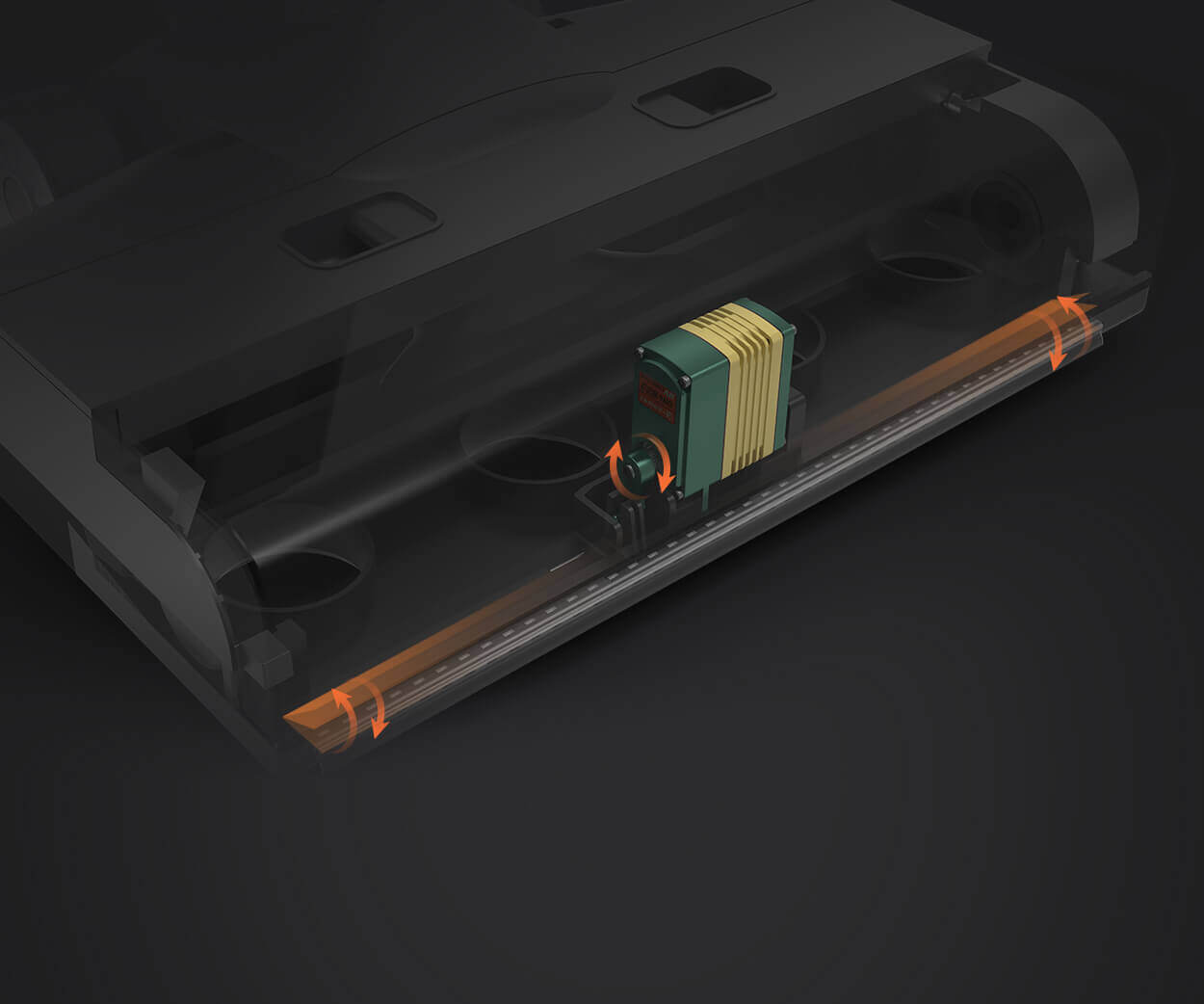Imagine you're trying to teach a robot to dance. You could just tell it to wiggle randomly, or you could write precise instructions that make every step look calculated, smooth, and perfectly timed. That’s the beauty and challenge of servo motor programming in Mitsubishi PLCs. It’s about turning what seems like simple commands into a symphony of movements that make machinery behave exactly as you want.

When you talk about servo motors in this context, think of them as the muscles giving precise control over position, speed, and torque. Mitsubishi PLCs are the brain behind it—buffering signals, fine-tuning responses, and orchestrating every movement with confidence. It’s not just about flicking a switch; it’s about creating a seamless dance routine where everything moves in harmony, from conveyor belts to robotic arms.
The magic starts with understanding how to set up the programming environment. You’ll use ladder logic or structured text—whichever suits your style—and then head into configuring parameters like pulse output, feedback loops, and velocity profiles. There’s a lot of nuance in tuning these parameters. Push too hard, and you risk overshoot or oscillation. Dial it back, and the machine moves sluggishly. It’s about finding that middle ground—precise control without sacrificing speed or stability.
One thing that often trips people up is ensuring communication between the PLC and the servo drive. They need to "speak" the same language, with correct timing and synchronization. Imagine trying to have a conversation when both sides are speaking different dialects—confusing, right? Proper wiring, selecting the right communication protocols, and confirming feedback signals are crucial. Getting these right turns your project from a shaky prototype into a reliable, professional setup.
Now, a question might be, “Can I customize the motion profile?” Absolutely. Most Mitsubishi servo systems allow programming of acceleration and deceleration curves. For example, if you’re working with a conveyor that needs to ramp up gradually so boxes don't topple over, you can tailor those profiles precisely. It’s like planning a smooth driveway instead of a bumpy hill—less stress, better results.
And what about troubleshooting? Programming servo motors is as much about fixing problems as it is about creating solutions. Wouldn’t it be frustrating if a motor stutters or fails to reach the target position? That’s where understanding feedback signals and monitoring system status become vital. Sensors tell the PLC whether the motor is where it should be, and adjustments can be made on the fly.
Getting familiar with Mitsubishi’s programming tools and manuals helps develop an intuitive feel. It’s a click here, a tweak there—like tuning a guitar until every string hums perfectly. Once mastered, it opens up endless possibilities for automation projects, all with predictable, repeatable precision.
Running a smooth operation, reducing downtime, and improving product quality—these aren’t just buzzwords. They’re the result of mastering servo motor programming. When you get your system humming, it’s a satisfying feeling. It’s like unleashing a tiny, efficient orchestra of movement at your fingertips. And that’s the real power of working with Mitsubishi PLCs and servo motors.
Established in 2005, Kpower has been dedicated to a professional compact motion unit manufacturer, headquartered in Dongguan, Guangdong Province, China. Leveraging innovations in modular drive technology, Kpower integrates high-performance motors, precision reducers, and multi-protocol control systems to provide efficient and customized smart drive system solutions. Kpower has delivered professional drive system solutions to over 500 enterprise clients globally with products covering various fields such as Smart Home Systems, Automatic Electronics, Robotics, Precision Agriculture, Drones, and Industrial Automation.




































